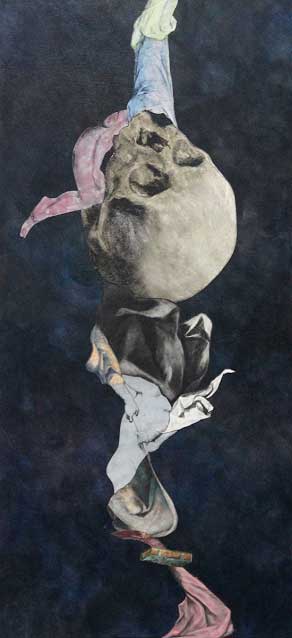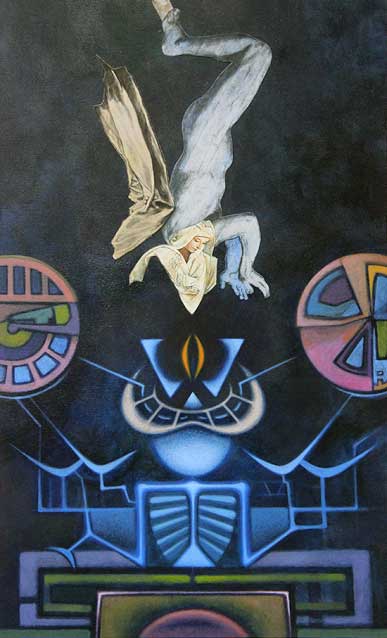“In a world where you can’t open your eyes,
isn’t a blindfold all you could ever hope for?”¹

– Have you ever asked yourself why is something included in a history book?
– You mean as to why was something written about or illustrated?
– Yes, for instance.
– Once in awhile it has crossed my mind. Why?
– Just wondering. Now, tell me, did you think about what the writer or artist was trying to accomplish?
– Yes. Probably. Maybe. Geez. “She liked the oddest things. Like the instructions for a toy more than the toy itself. The credits of a movie instead of the movie. The way something was written.”²
– Okay. Interesting. So, did you question whose viewpoint was the one being put forth?
– As to what material or ideological interests the statement serves?
– Yes, for starters.
– And as to whose viewpoints were omitted?
– Sure.
– Well, yes I have. Now, let me ask you. Have you ever tried to rewrite one of the stories found in history books from different points of view? Or with alternate “endings”?
– Yes, of course. Like the centuries of unkept promises undergirding the pipeline fight.
– Oh, really. Well, good then. “It’s better to face madness with a plan than to sit still and let it take you in pieces.”³

Sources:
- 7 history lessons that help explain tribes’ pipeline protests. Argus Leader.
- All quotes from Bird Box by Josh Malerman
- Art: “Colored Smoke” (details), mixed media on panel by Aydasara Ortega and Rubén Rivera Matos
Leave a Reply